Types of dehumidifiers and tips for choosing them
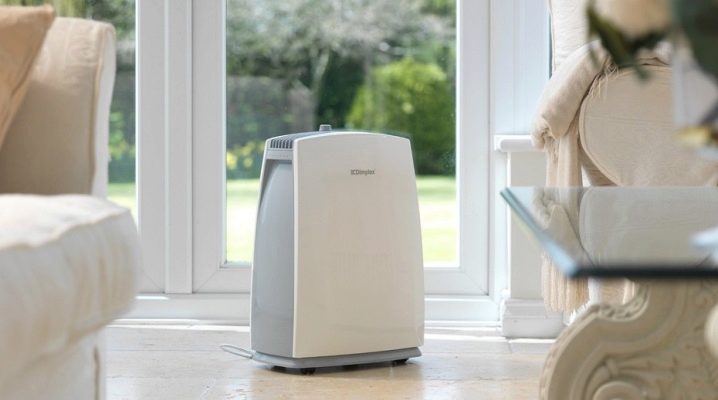
If a musty smell appears in the house, mold has formed on the walls - it can be argued that the parameters of air humidity are significantly increased in such a room. To improve the microclimate in such situations, dehumidifiers are used. We will tell you about their purpose, device and varieties in our article.
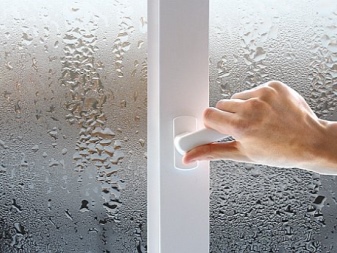
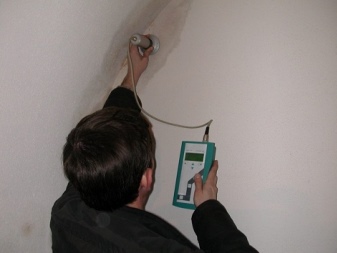
What it is?
An air dryer is a technical device designed to maintain a healthy indoor humidity level. Everyone knows about the danger of dry air, which leads to drying out of the mucous membranes and thereby opens the way for pathogenic microorganisms to enter the body. That is why many are actively buying moisturizers.
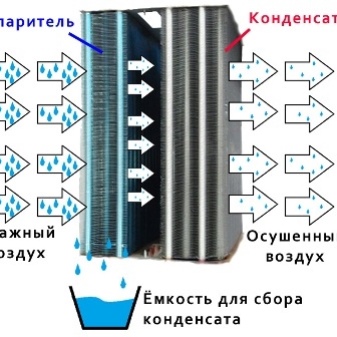
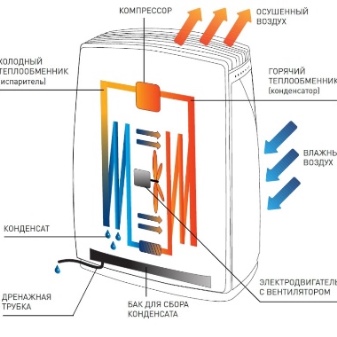
However, the consequences of high humidity are no less dangerous, among them are:
- decreased immunity in children and adults;
- predisposition to colds;
- deterioration of the respiratory system;
- the development of allergic diseases;
- poor condition during the heat, when it becomes extremely difficult to breathe in conditions of high humidity.

No less destructive is the effect of moisture on the home environment, it leads to the most undesirable consequences:
- deformation and complete destruction of furniture;
- inflating parquet;
- peeling wallpaper;
- problems with plaster and drywall;
- the risk of short circuits and, as a result, the failure of household appliances;
- fogging of window openings.
In conditions of high humidity, an environment is created that is optimal for the development of mold. This fungus appears at a humidity of about 80% and a temperature above 20 degrees, and this pest grows at a tremendous speed.
If you do not use a dehumidifier against mold, it will fill the whole house in the shortest possible time. And this can lead to the development of serious diseases of the respiratory and nervous systems.
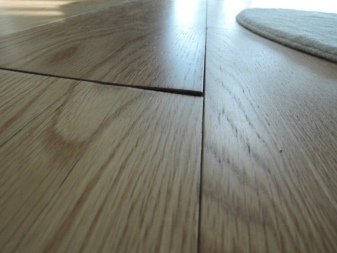
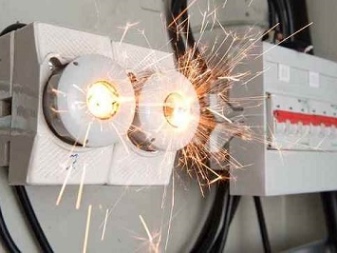
High humidity in the house is facilitated by:
- clogged or poor quality ventilation;
- violation of the rules for installing thermal insulation;
- lack of hoods in the kitchen and bathroom;
- insufficient ventilation of the premises;
- improperly performed waterproofing, especially on the first floors of apartment buildings;
- the presence in the house of a pool, large aquariums or a winter garden.
Frequent washing and drying of linen on the balconies of living quarters significantly increase the level of humidity in the house. If you have at least one of the listed factors, a dehumidifier in your home will become a necessary purchase for you.
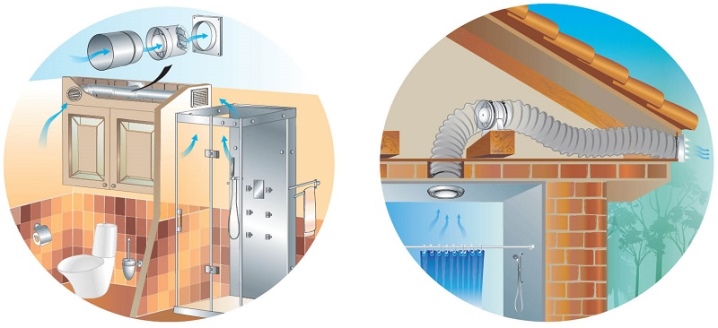
Views
There are several types of drying units, depending on the method of their installation.
- Wall mounted - such models are optimal for compact rooms, they allow the most ergonomic use of free space in the house. These devices are fixed to the walls using brackets.
- Floor standing - these are compact models that can be easily moved from one room to another, depending on which room they are most needed in at the moment. For example, they may not be carried from the kitchen to the bathroom and vice versa.
- Universal - the most convenient dehumidifiers. They can be installed on the floor or hung on the wall. These are portable devices.
Depending on the area of use, drying equipment is divided into industrial and domestic.
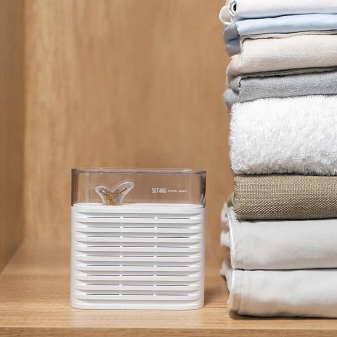
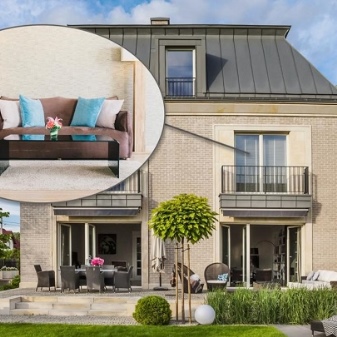
Household
Household appliances are commonly found in bathrooms and saunas in private houses, cottages and large apartments. They are installed in places where there is high humidity and, due to the functional purpose of the room, an increased level of moisture often occurs. Thus, the room dehumidifier prevents the appearance of mold, mildew and metal corrosion.


Home appliances are usually made in a compact size, so they can be used even in small rooms without sacrificing functional space. Despite their modest dimensions, these dehumidifiers effectively cope with the task of protecting cladding materials from the adverse effects of moisture. In addition, modern models are made in an attractive design, they fit harmoniously into rooms decorated in a variety of styles.
Most of the devices are equipped with built-in humidity sensors, so that they can operate in automatic mode with minimal human intervention.
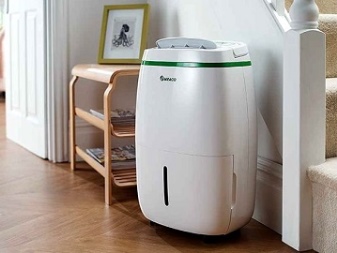

Industrial
More powerful installations are used in warehouses and industrial premises. They function as ventilation systems and additionally dry the air. When using industrial dehumidifiers, there is no need to additionally heat the air, as is done in ventilation systems that provide air intake from the street. Therefore, in winter, these installations allow you to save from 30 to 80% of electrical energy.
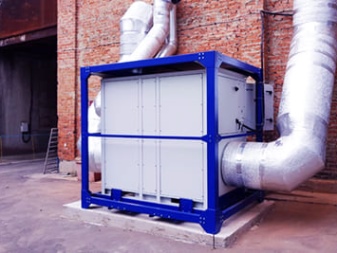
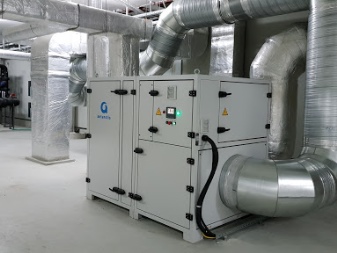
In the manufacture of drying equipment for warehouses and production halls, the emphasis is on reliability, functionality, productivity and high power. Therefore, these devices cannot boast of an aesthetic appearance - but this does not at all prevent them from effectively coping with the task at hand. The devices are quite large, so they are most often installed in rooms specially equipped for this. If the area of the warehouse complex or production hall has a free area, dehumidifiers are installed directly in places where moisture removal is required.
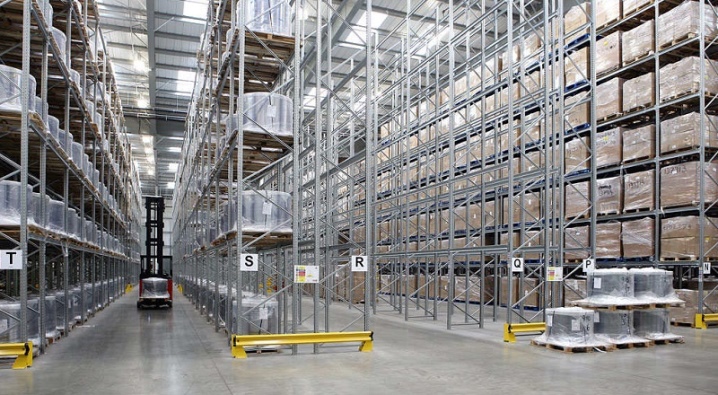
How different dehumidifiers work
Depending on the mechanism of operation, there are three main types of dryers: adsorption, absorption and condensation.
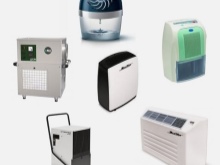


Absorption
The scheme of operation of absorption plants is based on the air exchange of street air masses and the air flow in the room, that is, in fact, ventilation. Moreover, it is carried out almost non-stop. This is due to the fact that, by its nature, warm air attracts a significant amount of moisture droplets, so they can protrude from such a device far beyond its limits.
That's why if you have to dry the air in regions with a humid climate, then using an absorption device will be completely pointless. In addition, the weather directly affects the drying performance. In addition, the device requires a lot of heat and energy.
All these limitations of use have led to the fact that such units were found to be less efficient than others. That is why such dehumidifiers are not widely used these days.

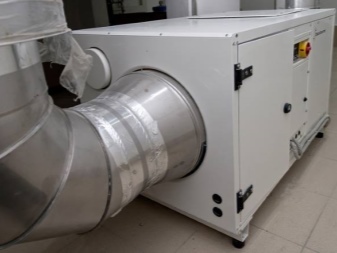
Condensing
As the name suggests, this type of dehumidifier is designed like a ducted air conditioner. When humid air enters the apparatus, it comes into contact with a special substance. The result of their interaction is moisture condensation. Be aware that liquid will accumulate in the sump after this treatment. From time to time it needs to be drained, otherwise it will overflow and the dehumidifier will automatically shut off.
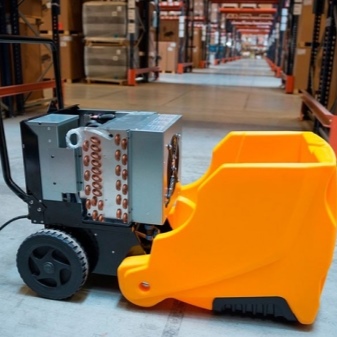
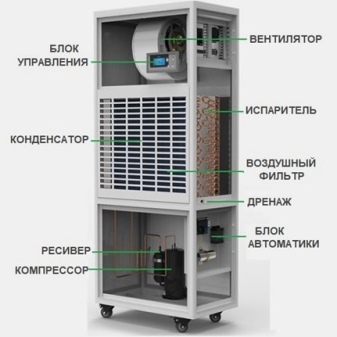
Such a heating system is popular in private houses and apartments of various sizes. The advantages of the products include a high drying speed and good performance. However, during processing, the air space heats up, so the room becomes hotter. The disadvantages include noise during work, which can interfere with the rest of the household.
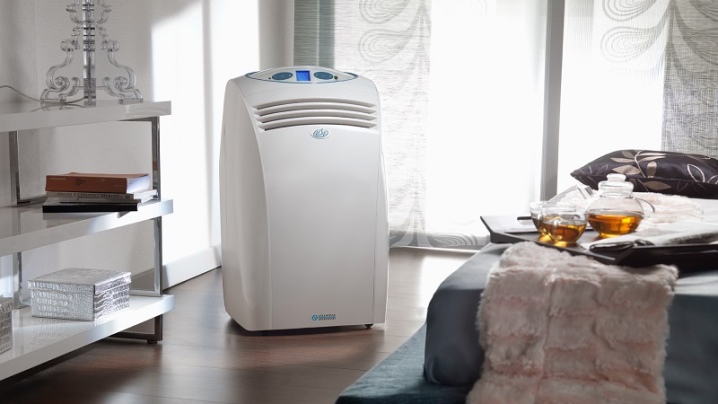
Adsorption
Adsorption plants operate on the basis of the principle of the same name. When the silica gel rotor rotates, the adsorbent mixes with the air stream and absorbs any excess liquid, resulting in a dry mass.
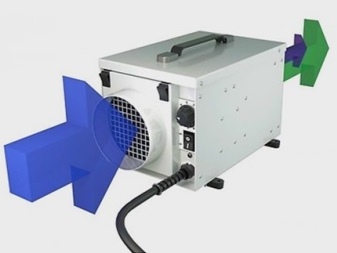
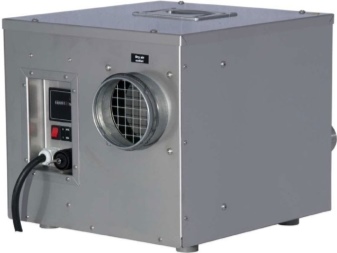
Unlike the previous model, this one does not emit any unnecessary hum, and in comparison with absorption technology, the device does not require a large amount of electrical energy. Therefore, it can be called the best option in terms of price - quality, the only drawback is the need for regular replacement of the membrane cartridge.
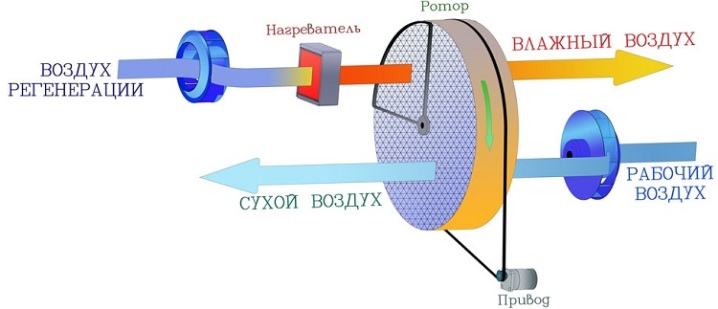
Rating of the best household models
We invite you to get acquainted with the rating of the most demanded models of air dryers, compiled on the basis of user reviews. All presented models have different technical characteristics and a set of functions, each has its own advantages and disadvantages.
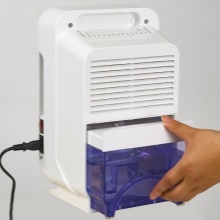
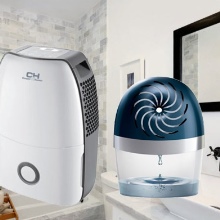

Ballu BDU-10L
One of the most budgetary devices, optimal for small rooms up to 18 sq. m. Floor-standing device. Additional options include air ionization, fan intensity control, and a start / stop timer. The device has a power of 0.24 kW with air exchange parameters of 100 cubic meters. m / h. The total productivity reaches up to 10 liters of air per day, there are 3 operating modes.
Pros:
- spectacular design;
- democratic cost;
- capacious reservoir for collecting moisture;
- reduced noise level during operation;
- air ionization.
Minuses:
- automatic operation is not provided upon reaching a certain degree of humidity;
- the actual capacity differs from the one declared by the manufacturer - it is 5–7 liters instead of the indicated 10.
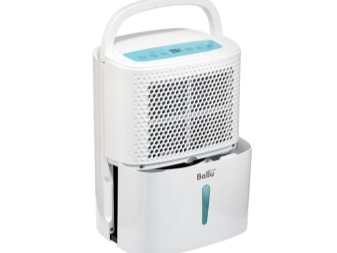
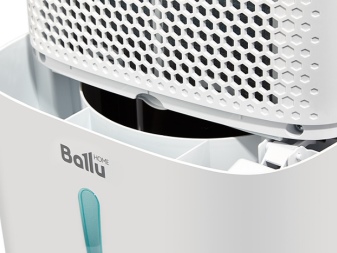
NeoClima ND
The mobile mini-model is convenient and easy to operate, it is offered in black and white colors. Productivity is 10 liters per day, suitable for drying rooms with an area of 15 sq. m. There is an option for defrosting, as well as a container for collecting condensate. The power of the equipment is 0.23 kW, the air exchange parameters are 90 cubic meters. m / h.
Pros:
- high performance;
- noiselessness;
- compactness, takes up little free space;
- affordable cost.
Minuses:
- the hose has to be bought separately - it is not included in the kit;
- lack of ionization option and other additional functions;
- uncomfortable way to drain water;
- actual performance mismatch with its declared characteristics.
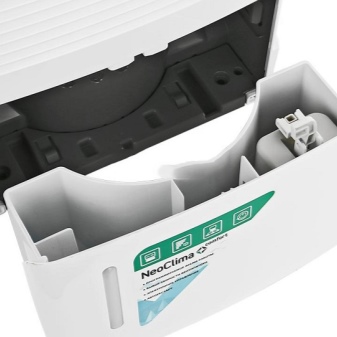
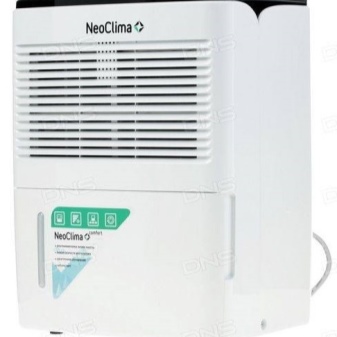
Ballu bdh
Reliable, practical model with exceptional performance and pressure regulator. It can dry up to 30 liters of air per day. The device is capable of operating in the temperature range from +5 to + 35 degrees. Power consumption is high - 530 watts. Air purification option is provided, there is a built-in hygrostat.
Pros:
- high productivity: 15–20 liters of moisture and more can be drained per day;
- capacious block for collecting liquid;
- stylish design;
- high build quality;
- can be used for drying laundry.
Minuses:
- makes a lot of noise during operation;
- very much warms up the air in the room.
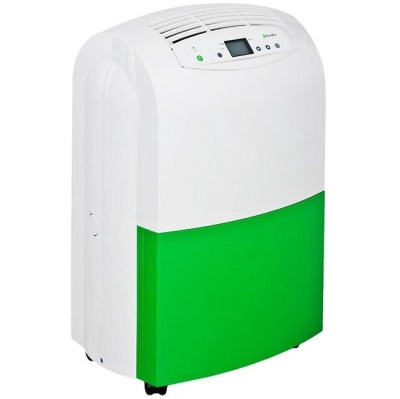
Ballu BDH -20L
An air dryer that can handle up to 20 liters per day. The model has a noise reduction system and increased power consumption. It can be used at temperatures ranging from +7 to +30 degrees. It does not make noise during operation, therefore it can be used in sleeping rooms and children's rooms. Suitable for rooms of 25 sq. m. There are three operating modes, installation option - floor, control principle - touch. There is a hydrostat, no ionization.
Pros:
- spectacular design;
- reduction of noise emission;
- ease of use.
Minuses:
- with frequent use, occasional malfunctions of the device occur - it turns on, then turns off;
- strong heating of air masses in the room;
- discrepancy between the actual performance declared by the manufacturer.
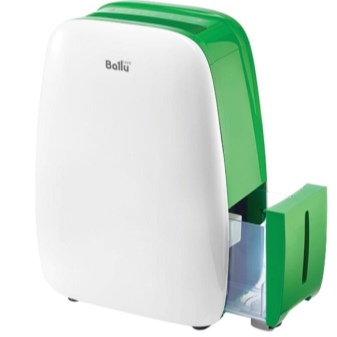
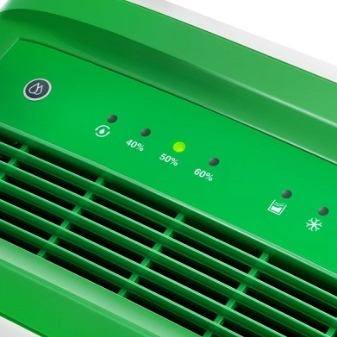
Stadler form albert
An effective device, it allows you to maintain a comfortable microclimate in rooms and industrial premises with an area of up to 50-60 square meters. m. Productivity corresponds to 20 liters of condensate per day. Additionally, there is the option of cleaning from pathogenic bacteria, fungi and neutralizing dust. The controls are mechanical, simple and straightforward. There is a display that greatly simplifies operation.
Pros:
- high performance;
- significant processing area;
- the presence of a container for condensate drainage;
- option to clean the air from mold and dust;
- automatic shutdown when the container is completely filled with liquid;
- the presence of a hygrostat;
- stylish appearance;
- several operating modes.
Minuses:
- makes noise during operation;
- high price.
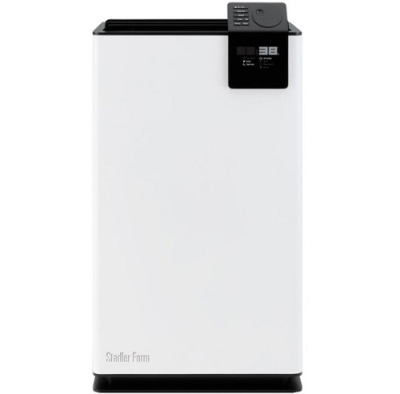
How to choose the right one?
The following factors should be taken into account when choosing an air dryer.
- Power - this characteristic is indicated in the user manual. Devices for drying living quarters should have increased power, but at the same time, consume electrical energy as economically as possible.
- Drying intensity - sets the volume of water removed from the air masses for a given period of time. If the humidity in the block exceeds 80%, then it is advisable to opt for the devices with the highest intensity. For production and storage units, the dehumidifier is selected taking into account the area that should be disposed of excess vapors.
- Air exchange - this characteristic reflects the number of air masses that can be dried in 1 hour.
- Definition of noise - the noise level directly affects the degree of comfort in the room. On average, it should correspond to 30–35 dB. For comparison: a sound of such strength is comparable to a quiet, calm speech. The optimal solution would be to purchase models with a night mode of operation.
- Hygrostat - built-in sensor that responds to any fluctuations in humidity. The presence of such a function allows you to set changes in the parameters of the device in automatic mode. When the humidity level is exceeded, the system independently activates the device, and when the set parameters are reached, it turns off. Thanks to this sensor, the dehumidifier can be left to work overnight.
- Ionization - an additional function that creates the effect of mountain air. This option helps to eliminate allergens and fill the room with freshness.
It is especially relevant in homes where people suffering from asthma and allergies live.
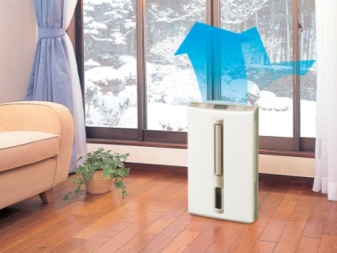

You should also pay attention to the presence of additional functions.
- Aromatization - a perfumed composition that creates a pleasant and comfortable atmosphere in the house. These dehumidifiers have separate units for filling with scented oils. If desired, the room can be filled with the scent of bergamot, jasmine, as well as orange, mint or lavender. In this way, you can organize aromatherapy at home without special costs, it gives a good effect in case of nervous exhaustion, as well as colds and viral diseases.
- Fan speed control - helps to set any speed and thereby change the parameters of the intensity of the device. This is especially beneficial in cases where there are several rooms in the house, the degree of humidity in which varies. Thus, for each room, you can choose your optimal mode and ensure comfort in the house.
- Air cleaning - some models include jet cleaning filters. They gently remove dust particles and harmful bacteria from the air. This option is indispensable for people suffering from pathologies of the respiratory, cardiovascular systems, as well as allergy sufferers.
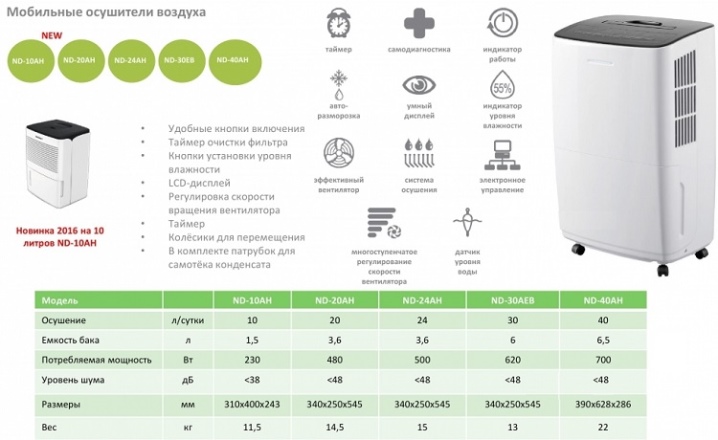
How to use?
Air dehumidifiers are usually used in rooms with a high concentration of moisture, as well as in production facilities where it is necessary to keep dry. Such places include:
- sports locker rooms;
- saunas;
- swimming pools;
- residential buildings and apartments;
- garages;
- cellars;
- greenhouses;
- laundries;
- water parks;
- warehouses;
- museums;
- archives;
- libraries;
- production workshops for drying products.
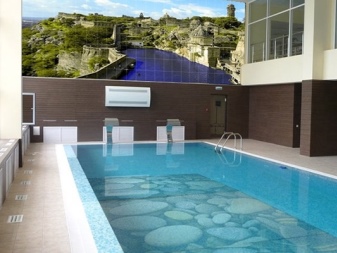
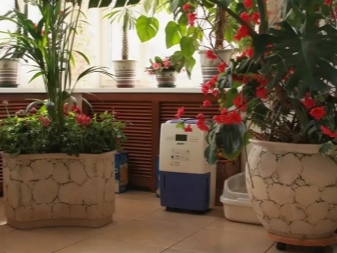
The use of a dehumidifier will be of great help during renovation work. The use of water-absorbing installations in autumn and spring is especially important. In winter, due to the operation of the heating system, excessive dryness of the air occurs, and you have to use a humidifier.
The application of a dehumidifier involves several steps.
- Selection of the optimal room. The result of the device's operation directly depends on the footage of the room and the level of humidity.
- Determination of a safe location for the installation. The appliance may only be placed near a wall if the exhaust air system is located at the top. Otherwise, you will have to place the dehumidifier as far as possible from walls and other vertical structures - this will ensure full air regulation in the device. Advice! For dehumidification to be as efficient as possible, doors and windows must be kept closed while the unit is in operation. It is also important to locate the unit away from waste bins and other objects that could clog the equipment.
- Temperature control. The air temperature in the room where the dehumidifier is operating can gradually rise as the humidity decreases. This is normal and should not be a cause for concern.
- Running in several cycles. The very first operation of the device is as productive as possible. It neutralizes most of the moisture from the air in the first few hours, days, sometimes even weeks. After the initial step, you will need to adjust and maintain the optimum humidity level, rather than trying to drastically reduce it.
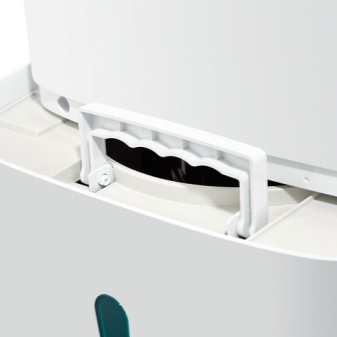
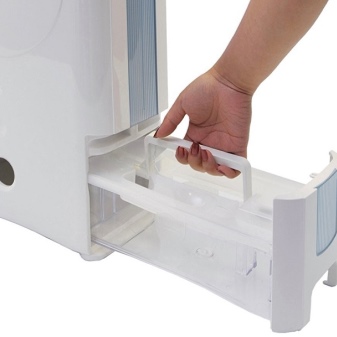












The comment was sent successfully.